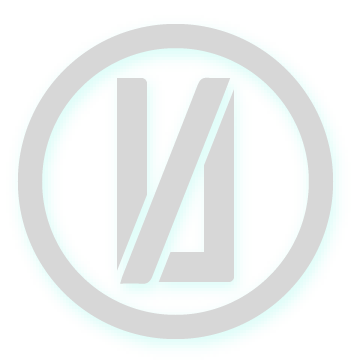TL;DR:
I could do many things in tech, I chose the product & experience design career because I love it.
Best UXers practice incremental and continuous improvement, in fast pace, use prototypes of all fidelities, pay attention to design patterns and trends; and apply them smartly.
Best IAs are problem solvers, drive strategy and study analytics for insights.
Best designers listen with an open mind and welcome everyone to the design process, respect and utilize design heuristic and patterns.
What I Do
My passion is in technology with amazing user experience. I was educated as a software engineer and business admin professional. I moved, by choice, into the world of an User Experience Architect and Information Architect, and enjoying it every day.
As a design enthusiast that truly live for the best UX designs, I believe in incremental and continuous improvements as a suitable design philosophy in the software world. A successful UX design doesn’t happen overnight. Instead, much like artists, UX architects need time to interact with stakeholders, build solutions, test them, hypothesize successful outcomes, evaluate performance, and deliver final results. Yet, UXers have to work fast to get stakeholders buy in and gather validations. Prototyping of all fidelities are needed; sometimes you need a whiteboard to present your ideas, sometimes you need a fully-fledged html page to test your ideas. I also pay attention to visual design trends, and design guidelines, like Human Interface Guidelines and Google's Material Design. Often times, best practices need to be balance with business needs, deadlines, and existing patterns, so it's always an exciting challenge.
I believe that Information Architects are business problem solvers. We deconstruct business problems and gain customer insights with data and research. Then extract objectives and business goals to establish the right DNA for the projects; including sitemaps, interactive experiences, user scenarios, workflow diagrams, and storyboards. We then create a smart, strategic roadmap to pull together the stake holders and get them on board. It's hard and rewarding work.
A good designer welcome everyone to the design process. They get the stakeholders feedback and buy in, but know when enough feedback is enough. Good designers always listen with an open mind, and try to understand the opposite view points, because they are often the end users' pain points. A smart designer will pay attention to design patterns, rather than ego.

